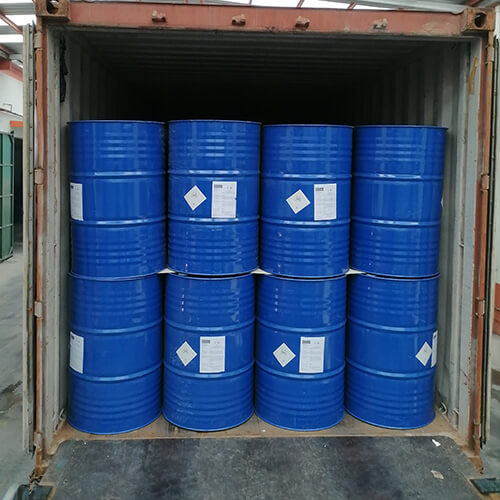Dichloromethane(DCM), also known as methylene chloride or methylene dichloride, is a colorless, volatile and non-flammable liquid with a chloroform-like odor. It has the molecular formula CH2Cl2 and the CAS number 75-09-2. It is widely used as a solvent, an extraction agent, a paint remover, a degreaser, a propellant and a process solvent in various industries.
Properties and applications of dichloromethane
Dichloromethane has a high solubility in organic solvents and a low solubility in water. It can dissolve many organic compounds, such as fats, oils, resins, rubber, plastics, etc. It can also form azeotropes with some solvents, such as ethanol, acetone and chloroform. DCMhas a low flammability and a high autoignition temperature (605°C), which reduces the risk of fire and explosion .
The table below summarizes some key properties and applications of dichloromethane:
| Property | Value |
|---|---|
| Chemical Formula | CH₂Cl₂ |
| Boiling Point | 39.6°C (103.3°F) |
| Density | 1.326 g/cm³ |
| Solubility | Miscible in many solvents |
| Common Uses | Paint stripping, solvent extraction, chemical processing, pharmaceuticals |
Some of the main applications of dichloromethane are:
- As a solvent for the synthesis of pharmaceuticals, pesticides, polymers, adhesives, etc.
- As an extraction agent for caffeine, spices, hops, essential oils, etc.
- As a paint remover for furniture, aircraft, automobiles, etc.
- As a degreaser for metal parts, electronic components, etc.
- As a propellant for aerosols, such as paints, insecticides, etc.
- As a process solvent for the production of cellulose acetate films, polycarbonate plastics, etc.
Health and environmental effects of dichloromethane
DCM is classified as a potential human carcinogen by the International Agency for Research on Cancer (IARC) and as a probable human carcinogen by the US Environmental Protection Agency (EPA). It can cause acute and chronic toxicity to humans and animals through inhalation, ingestion or skin contact. Some of the adverse effects include:
- Irritation of the eyes, skin and respiratory tract
- Central nervous system depression, headache, dizziness, nausea, etc.
- Liver and kidney damage
- Cardiac arrhythmia
- Fetal toxicity and developmental defects
Dichloromethane can also cause environmental pollution and harm to aquatic organisms. It can deplete the ozone layer in the stratosphere and contribute to global warming due to its high global warming potential (GWP) of 8.7.
Alternatives and regulations of dichloromethane
Due to the health and environmental concerns of dichloromethane, many countries have imposed regulations and restrictions on its use and emission. For example:
- The European Union has banned the use of DCM in paint strippers for consumers since 2011.
- The US EPA has set the maximum contaminant level (MCL) for dichloromethane in drinking water at 0.005 mg/L.
- The Occupational Safety and Health Administration (OSHA) has set the permissible exposure limit (PEL) for dichloromethane in workplace air at 25 ppm (8-hour time-weighted average).
Some alternatives to dichloromethane that have been developed or proposed are:
- Water-based or biodegradable solvents
- Supercritical carbon dioxide
- Microwave-assisted extraction
- Ionic liquids
- Enzyme-assisted extraction
However, these alternatives may have their own limitations and challenges, such as higher cost, lower efficiency, lower compatibility or higher toxicity. Therefore, more research and innovation are needed to find safer and greener substitutes for dichloromethane.



Extended reading
Visit the DCM product page
Visit the DCM Wikipedia
Application and danger of dichloromethane
Effects and chemical properties of dichloromethane
The purification method of methylene chloride
Preparation and precautions of methylene chloride

